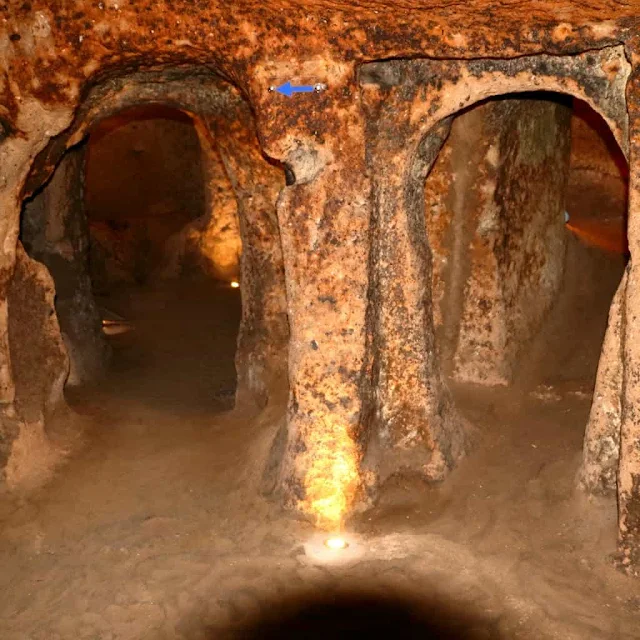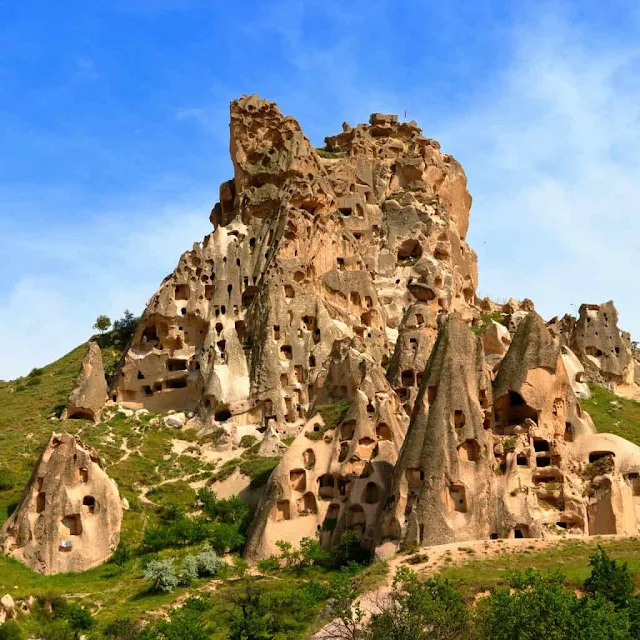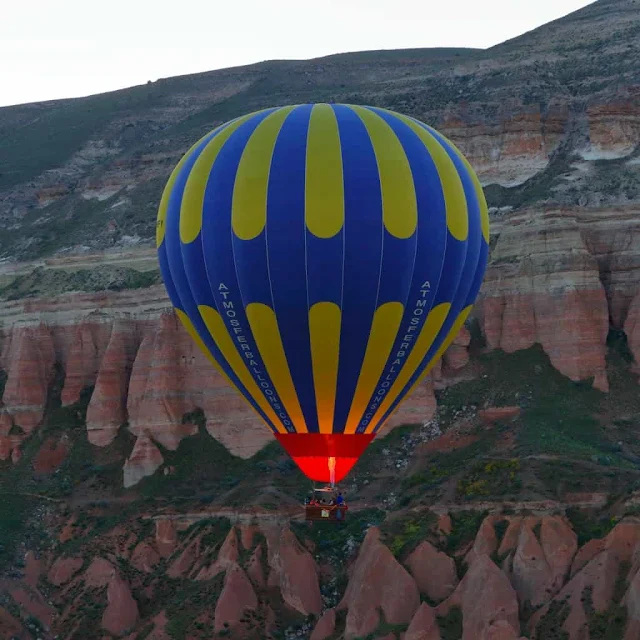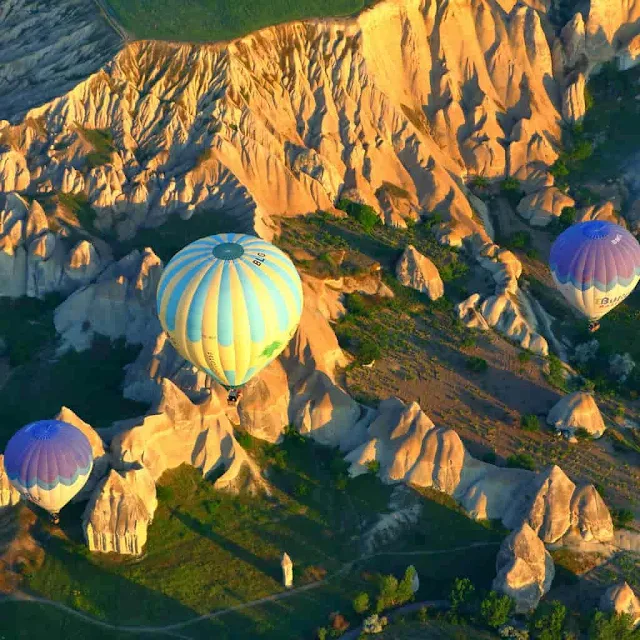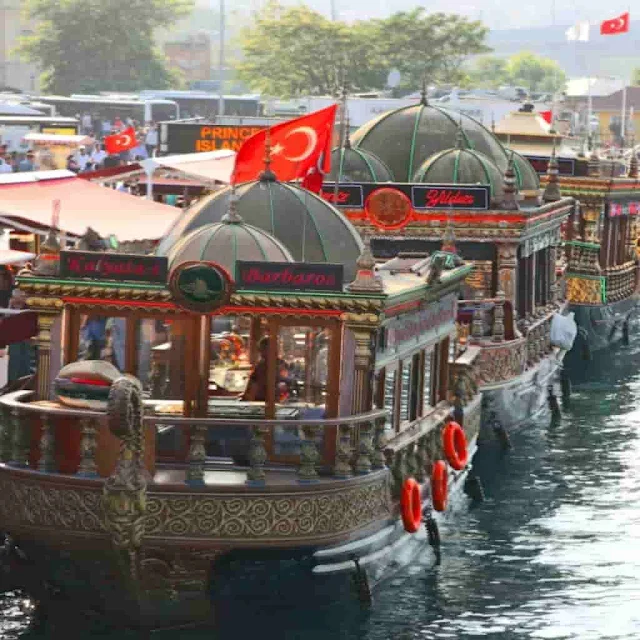Crossroads of East and West: A Journey Through Turkey
From May 31 to June 18, 2017, I took a 9-day tour of Turkey. I traveled via Korean Air with a layover in Seoul.
Day 1… Departed
from Kansai Airport at 09:30, Korean Air, flight time 1 hour and 50
minutes
Arrived at Incheon International Airport at 11:20
Departed
from Incheon International Airport at 13:55
Arrived in Istanbul at
19:40 (Atatürk Airport), flight time 11 hours and 45 minutes
Time
difference (Japan/Turkey): -6 hours (during daylight saving time)
The official name
of the country is the Republic of Turkey. The capital is Ankara. Its
area is about twice that of Japan. While English is spoken in some
places, the official language is Turkish. The predominant religion is
Islam, but there is freedom of faith, and alcohol is allowed.
I
stayed in Istanbul.
Day 2... We crossed the Dardanelles Strait by ferry and traveled to the ancient city of Troy, located about 345 km away. Troy prospered as a center of Aegean trade from the BC era through several centuries AD, but it was destroyed during the "Trojan War" against the Greek army. After 10 years, the Greeks used their final strategy: they built a giant wooden horse, hiding many soldiers inside. They pretended to surrender, cleverly getting the wooden horse into the city of Troy. Once the Trojans brought it inside and night fell, the Greek soldiers emerged and launched a surprise attack, leading to the fall of Troy. Today, a large wooden horse is displayed at the entrance to the ruins of Troy. For those familiar with computers, the "Trojan Horse virus" gets its name from this story. Afterward, we stayed at the resort town of Ayvalık by the Aegean Sea.
Day 3... We visited the ancient city ruins of Ephesus, which is also a UNESCO World Heritage site, located about 250 km from Ayvalık. We toured the outdoor theater and the Temple of Artemis.
After sightseeing, we traveled about 185 km by bus, and as we crossed gentle hills, we suddenly saw a vast land that looked like a mass of white cotton. Pamukkale, which means "Cotton Castle" in Turkish, gets its name from its history as a cotton-producing area. The white landscape is actually a series of terraced limestone formations. Tonight, we stayed in Pamukkale.
After dinner, we were told there would be a belly dance show in the underground restaurant, so about 10 members of the tour group went to watch and joined in the dance for some fun. We stayed the night in Pamukkale.
Day 4... We toured the terraced limestone formations of Pamukkale. We took off our shoes and placed them in plastic bags before walking on the terraces. In some areas, there was no water, and it felt a bit uncomfortable, almost as if the soles of our feet were hurting. When putting our shoes back on, it’s convenient to have wet wipes to clean our feet before putting on socks. After that, we visited the ruins of Hierapolis, an ancient city built around 190 BC by King Eumenes II of Pergamon, located on a hill overlooking the terraces. It is said that at its peak, the city had a population of around 100,000. After lunch at a restaurant, we stopped by a poppy field in Afyon. While poppy cultivation is prohibited in Japan due to its use in producing opium, in Turkey, the government strictly controls and manages its cultivation. The word "opium" is said to originate from Afyon. The white flowers were in full bloom. We then traveled about 410 km to Konya, a city that flourished as the center of politics, culture, and the arts during its peak. We visited the Mevlana Museum and the Ince Minareli Medrese (a theological school). We stayed overnight in Konya.
Similar to Pamukkale the previous night, in Konya, the Islamic call to prayer was broadcast loudly around 10 PM and again before dawn.
Day 5... Today, I’m heading to the rock formations of Cappadocia, which I’ve been most looking forward to. After about a 230 km bus ride, we had lunch at a cave restaurant near Cappadocia. Afterward, we toured the Kaymakli Underground City, the Three Sisters Rocks, and the Camel Rock, and tonight we stayed at the Uchisar Kaya Hotel. After dinner, we discussed the early morning hot air balloon tour in Cappadocia with the tour guide. There were balloon accidents in February and April, and in April, there was a fatal accident, so Japanese travel agencies had canceled the tours. However, since visiting Cappadocia without taking a balloon ride felt incomplete, I really wanted to experience it and decided to take the ride at my own risk, signing a waiver. Out of the 20 or so tour members, 6 of us, including myself, decided to go. In June, the sunrise in Turkey is after 5 AM. Tomorrow, the balloon company will pick us up from the hotel around 4 AM.
Day 6... Cappadocia is the name of a region in Central Anatolia, centered around the capital Ankara. Stretching about 50 km from north to south, the incredible rock formations created by ancient volcanic eruptions of lava and ash, which have been eroded over long periods of time, are truly breathtaking. Around 4 AM, we were picked up from the hotel and went to the balloon company's waiting area for a light breakfast while waiting for our turn. The waiting area was crowded with tourists from various countries. When our turn came, we boarded a 4WD vehicle and were driven to the balloon site. The weather was clear, and many balloons were being inflated, ready to take off. Each balloon’s basket was large enough to hold about 10 people on each side. Once we lifted off, the experience was overwhelming. The balloon was stable, and the ride was very smooth, with no sense of fear at all. I was truly glad I decided to do it. I took plenty of photos and videos. After landing, we toasted with juice. We then returned to the hotel, and the tour of Cappadocia began. We visited the Göreme Open-Air Museum, Uchisar, and Zelve for about 2 hours. After that, we traveled about 280 km to the capital Ankara and, after dinner at the hotel, stayed overnight.
Day 7... Today, we didn’t do any sightseeing in Ankara, the capital of Turkey, and instead traveled about 450 km to Istanbul. On December 20, 2016, the underwater tunnel road was opened, which greatly improved access to two major popular spots on the Asian side: Kadıköy and Baghdad Street. After touring these areas, we arrived at the hotel. Tonight, there was an optional belly dance dinner show with a meal included, but I didn’t participate and instead had a meal at a nearby food court.
Day
8... Today is the final day in Turkey. In the morning, there was an
optional Bosphorus Cruise, but I decided not to join and instead
relaxed at the upgraded hotel.
We gathered at 11 AM and, after
lunch, visited the Blue Mosque, Hagia Sophia, Topkapi Palace, and the
Egyptian Bazaar. At various key points, there were 2-3 soldiers armed
with automatic rifles, which created an unusual atmosphere. However,
this may be a normal sight in Turkey. On the other hand, it also
reminded me of how peaceful Japan is.
In the evening, we headed to
the airport and began our journey home.
We departed Istanbul at
21:20, and the flight time was 10 hours.
The next day, we arrived
at Kansai Airport via Seoul.
























